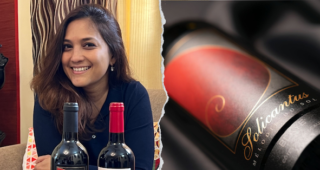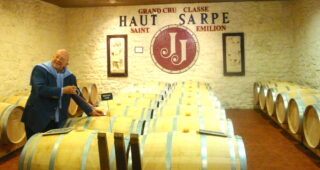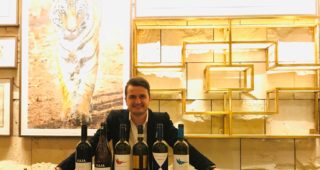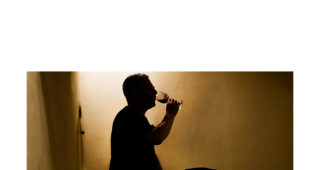Winemakers like Michel Drappier do not travel often for leisure. And when they do, it is unlikely that they would remain untouched by their famed creations. My rendezvous with Michel Drappier made me a culprit of sorts albeit delightfully, as the iconic winemaker recently arrived with his wife on a personal visit to India. Briefly in New Delhi before they visited the colourful-holy city of Varanasi as well as the French connected Puducherry, Drappier was gracious enough to meet me around a couple of flutes of his trademark Carte d’Or Champagne amid some candid conversation at the picturesque Lodhi hotel.
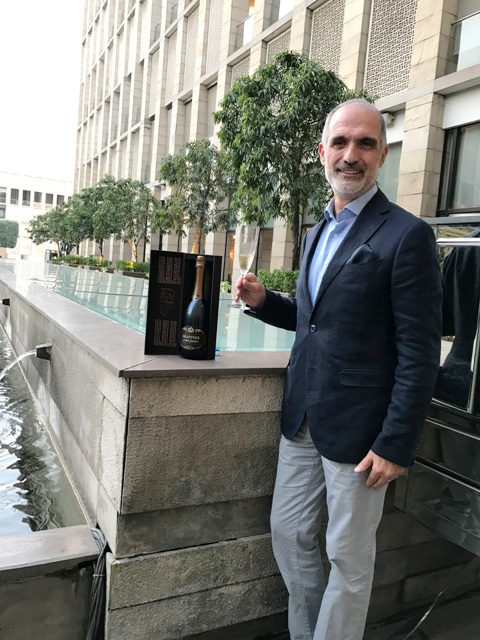
Thanks to the organisational skills of Shipra Jain, Marketing Brand Manager at Ace Beveragez – Drappier’s importer in India- we didn’t waste a milli second before getting into a heart-to-heart conversation that dwelled on topics like the Drappier winemaking philosophy, their aversion to sulphur in wine, developing new grape varietals for Champagne, positivism about India as a market for Champagne and much more.
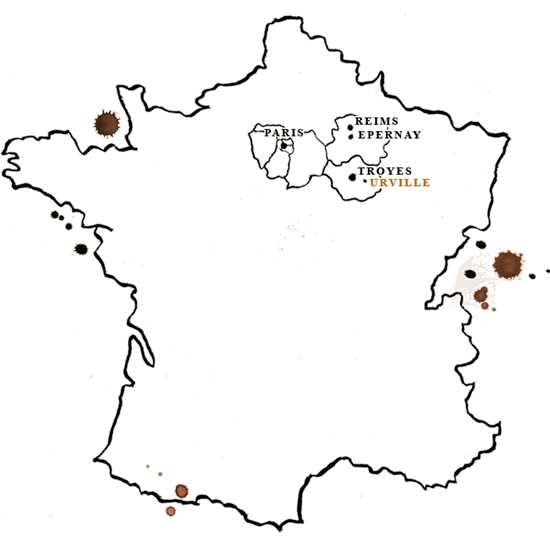
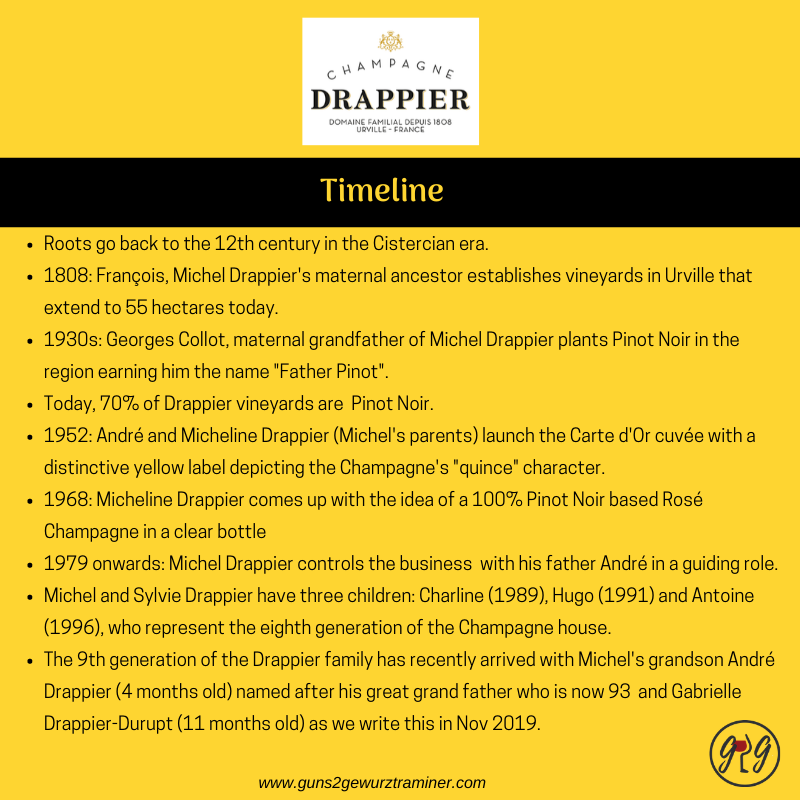
The Interview
Me: How would you describe the Drappier “House Style” as?
MD: Our house style has a lot to do with our centuries old history. 900 years ago when St Bernard Clairvaux (a Cistercian Monk) moved from Burgundy to Champagne, he brought with him Morillon Noir (old name for Pinot Noir)- the grape that started getting planted from our region in Aube, before moving northwards to Vallée de la Marne and Montagne de Reims. That is why Drappier remains very loyal to a Pinot Noir dominant style of Champagne. We take great pride in the fact that the cellars built by St Bernard in 1152 AD were the first to vinify Pinot Noir, and these are owned by us today.
Coming specifically to your question on the “Drappier House Style”, I would say that rather than being light and refreshing, our Champagnes are rounded, flavourful and long on palate while still maintaining an elegance and freshness that is expected of a Champagne.
Decades ago, it was difficult for us to sell such a style of Champagne. But with changing preferences over the years, we find ourselves lucky that our Champagne style is exactly what the market is looking-for today.
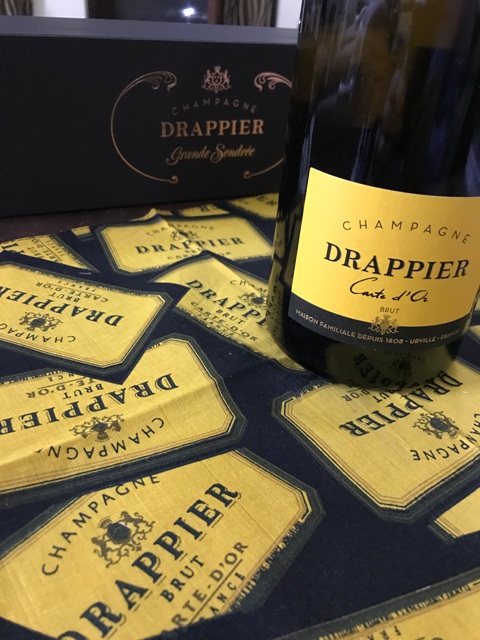
In India people have particularly liked our Carte d’Or Champagne– a blend of 75-80% Pinot Noir, some Pinot Meunier and a very little Chardonnay.
Pinot Noir is not just a grape for us; it is our blood and our fruit. Our vineyards are on Jurassic-Kimmeridgian superior soil with limestone, a combination somewhat like the Chablis Grands Crus. Our Pinot Noir hence turns out as deep, full of flavours, a good body and mineral.
Me: One of your Champagnes has a very different blend than the usual Pinot Noir- Pinot Meunier- Chardonnay combination. Tell me something about it .
MD: You are probably talking of our Champagne Quattuor , which is a blend of Arbane, Petit Meslier, Pinot Blanc and Chardonnay, 25% each. “Quattuor” means “four” in Latin and we therefore describe Quattuor as Blanc de Quatre Blancs. Significant to note is that in modern Italian, the word “Quattro” means four and in French, “Quatuor” (with a single “t”) means a Quartet in relation to a musical ensemble.”
My village in Champagne has a Gallo-Roman history, and it was probably during that era when grape varietals like Arbane were introduced in our region. Champagne Quattuor is an ode to some rare grape varietals of Champagne that are not produced so commonly today.
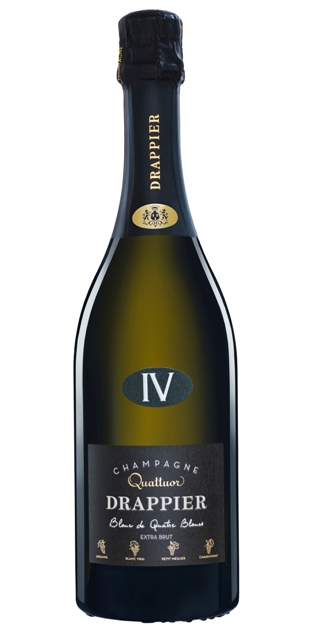
Me: What does Quattuor taste like?
MD: I would describe it as floral, sharp, dry, crisp and clean. It has accents of mint, rhubarb and garden elements. Overall, it is a very elegant wine produced in limited quantities, not necessarily each year.
Me: To my knowledge, Drappier has two uncommon bottle formats viz. Primat (27 l) and Melchizedek (30 l). Isn’t it challenging to assemble a cuvée into such large formats?
MD: By “assembling” you would mean?
Me: I am talking of the common Champenoise practice of elaborating the Champagne in smaller bottles before transferring into the larger formats.
MD: First and foremost, we are the only Champagne house carrying out secondary fermentation directly in all bottle sizes except the quarter (187 ml) bottle. It ensures that our wines with low/no sulphur don’t succumb to fragility on account of oxidation and loss of effervescence.
Our approach stems from my father André and I being allergic to sulphur. It is definitely more challenging when it comes to manipulating larger bottles during the production cycle. But we have special arrangements like pupitres made of thick and heavy oak for the remuage (riddling) and well experienced personnel for handling the manual disgorgement to exacting standards. It may be laborious but the result is every bit worth the effort.
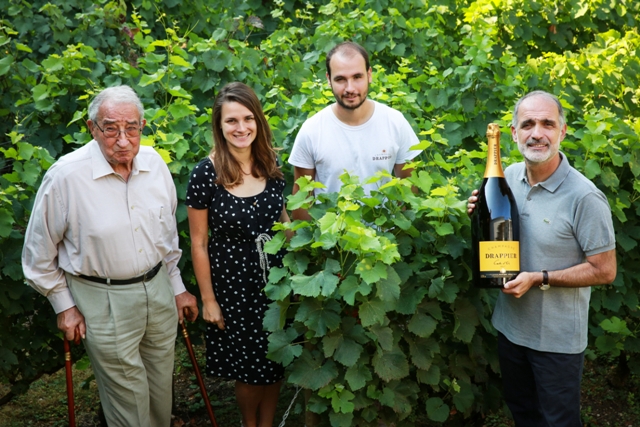
Me: Looking at your overall portfolio, you are producing Champagne in virtually all bottle sizes, but not the Rehoboam (4.5l). Any particular reason for that?
MD: That’s a good question. There is no particular reason for not having a Rehoboam bottle in our Champagnes until now. But I think that we can definitely look into that. This may be a new idea that I carry back from India and I will have to thank you for that (smiles).
Me: Talking of undesirable effects of sulphur, I believe that your Brut Nature cuvée is made sans souffre (without sulphur). Why can’t all the wines be made that way?
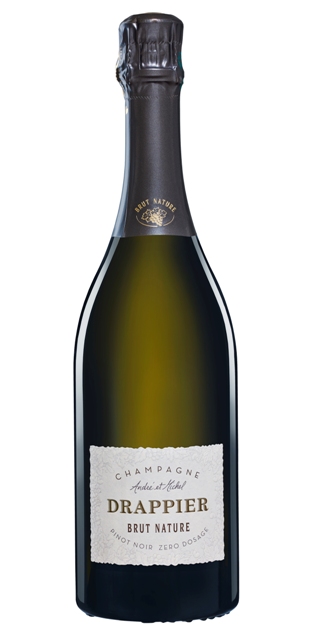
MD: It was 30 years ago in 1989 that we started reducing sulphur in our wines. Actually we were being a little selfish about producing our wines to our personal whims (laughs). But eliminating sulphur from wine involves a kind of deliberation not practical for all wines across the board. You can understand this with the following major considerations to produce such wines:
- Ensure that only the best quality of grapes are used with no scope for a rotten berry. To prevent that. we have a special team of 25 people that handpicks the berries for our Brut Nature collection.
- During vinification, we work by gravity to avoid pumping that would otherwise mix the air with the “must”. Further, the pipes are always kept full with the tanks being filled from bottom. This avoids splashing of the wine and the resultant aeration if the tanks were filled from top. That said, we do allow a certain amount of natural oxidation to enable wine resilience, much like humans who require a little exposure to bacteria for developing self immunity.
- After fermentation, we fill the tanks to the top and do not use any nitrogen to prevent air contact. Instead, we use different tank sizes – 15 in all- to fit in the entire batch related to a particular vineyard. These tanks are checked every week and topped up with half a glass or even half a litre of wine so that they are always full.
- We use the right strain of yeast that consumes exactly the quantity of oxygen that is desired.
- As opposed to the usual fermentation period of a month, our fermentation cycle can go up to several months. This enables better integration of Carbon-di-oxide, an anti oxidant that works well towards wine preservation.
- Due to low/no sulphur we can also afford to have very low temperatures during the prise de mousse (secondary fermentation). Such low temperatures wouldn’t be possible If the wine had more sulphur, as the yeast would then require higher temperatures to be effective.
- We are very stringent about the quality of the cork that we use so that it should not allow too much of oxygen to get into the bottle.
Me: Do you also produce a Coteaux Champenois (still wine from Champagne) wine?
MD: Yes, as a matter of fact, a couple of them. We do a Blanc de Noir Coteaux Champenois wine with 100 percent Pinot Noir as also a Red one with the same grape. Two months ago we released another Coteaux Champenoise wine with Fromenteau (generic name Pinot Gris) from which we also make a Champagne.

Me: Climate change has been top on agenda of vignerons lately. How has this change affected you in Champagne?
MD: Climate change has indeed been a matter of concern. This year, summer temperatures in Champagne went as high as 42.7 degrees centigrade, that too in the shade. We lost 10-20% of our crop due to this heat that dried out a high number of berries. Even for my father who is now 93, such extreme weather was unprecedented.
But the good news is that Champagne is well equipped to adapt to the situation. Our inherent advantage lies in being the northernmost vine growing region of France, that blesses us with cooler temperatures as compared to the rest of the country. Also, apart from the East facing slopes we have the North facing ones that are much cooler. We always have the option to plant them more. Harvesting earlier can mitigate the problem to a large extent too.
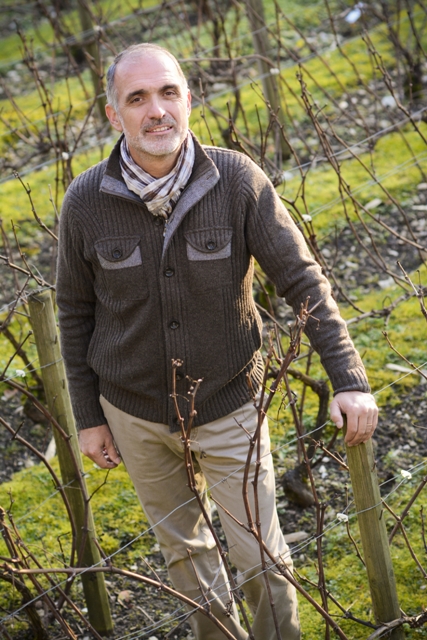
Me: So, did you harvest earlier this year?
MD: Not really. The harvest this year has been on time (06-19 Sep) because the flowering too was on time (20 Jun). Thus it was a normal growing cycle. The problem was not that the ripening happened quicker because of the heat. It was more about the berries drying out due to the hot and dry weather that I mentioned earlier.
We are an extreme region with a continental influence, being exactly at the entrance of the Atlantic ocean. In contrast, our neighbour Alsace, situated in the Rhine valley, has a much more predictable weather with hot summers and cold/ dry winters. Likewise, Burgundy and Bordeaux are predictable with their continental and humid climates respectively. In Champagne, the weather is sometimes English, sometimes Bordeaux and sometimes Provence- to count a few.
In Champagne we have to adapt very quickly to climatic changes each year vis-à-vis other vine growing regions of France. Last year we had excess foliage that had to be pruned to enable the Sun rays reach the berries and the winds to dry them up to prevent botrytis. This year was the opposite where the berries had to be protected from the heat by creating the foliage into canopies.
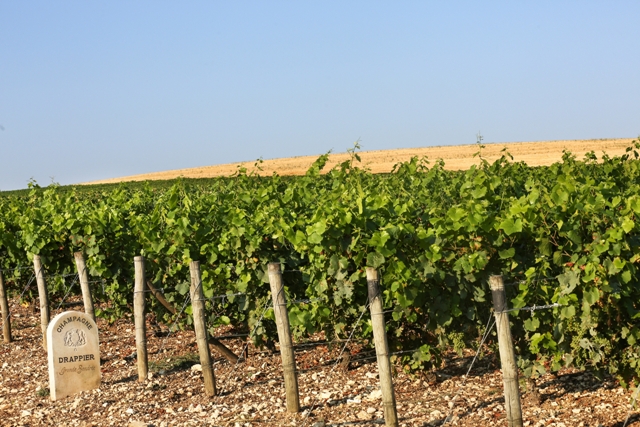
Me: Is there any long term strategy formulated to cope with the effects of climate change?
MD : A significant step has been to identify newer grape varietals that can thrive in the changing climate. Champagne has embarked on a well deliberated approach that sticks to the use of the region’s indigenous genome to evolve new varietals. For example, we are currently working with Arbane- a varietal that ripens later but has not so far been able to produce outstanding wines due to the lack of adequate sunshine/heat. Today, with higher temperatures and ample Sun, such varietals are quite favourable to grow.
Me: How would you be developing such grape varietals? Is there any grafting involved?
MD: Grafting for one, does not give rise to new varietals. Genetic modification (GMO) too, is forbidden in the Champagne appellation. We rather use flowers from the vineyards and make new plants using their seeds. The process, though not as quick as GMO, gives us a new plant reasonably fast (within a year) with which we can experiment . Overall, it might take 10-15 years to come up with a new varietal, but I am pleased to share, that currently we are very close to evolving a varietal called Voltis for future use in Champagne.
Arbane, was confused with other similar grapes in the pre genome-mapping era. It is Drappier that is widely recognized as reintroducing authentic Arbane to the Champagne terroir.
<Our conversation takes a break with Shipra pouring Drappier Carte d’Or in three Champagne flutes.The impressive mousse of the wine is a sight to behold! At the first impression M. Drappier congratulates Ace Beveragez for keeping the wine well. Shipra informs that they have an air conditioned basement facility to store the wines optimally even during severe heat conditions in India.>
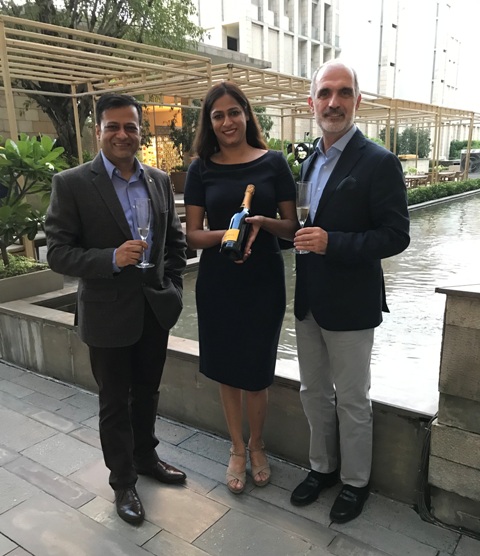
Tasting notes Drappier Carte d’Or
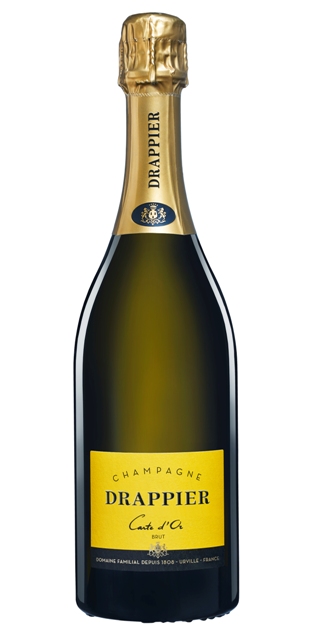
Colour: Pale gold.
Aromas: White flowers, peach, apricot and toasted almonds.
Palate: Vinous and rounded with stone fruit and quince jelly flavours.
Finish: Lingering and balanced with a quince impression.
<Our conversation continues…>
Me: Presently only one Champagne of yours i.e. Carte d’Or is presently available in India. Which other label of yours would you like to see in India next?
MD: I think our Rosé Champagne has also been intermittently available in India apart from the Carte d’Or. Ideally, I would love to see all my Champagnes in India (smiles).
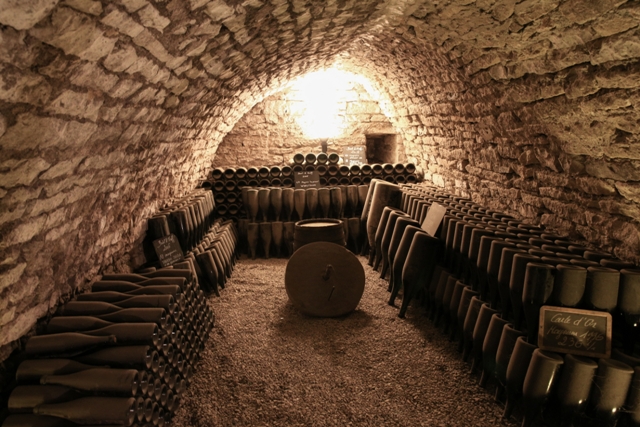
Me: We wouldn’t complain either! But if I were to ask you to name just one of your labels that you would want to see next in India?
MD: It’s a tricky question. Traditionally we have recognized the generic Indian palate as that preferring round-sweet-soft and fruity Champagnes. Something what the Chinese and Japanese markets were earlier. But like in those markets, new preferences are evolving in India especially with the globally travelling consumer carrying home a newer palate experience that is inclined more towards the drier style.
At Drappier too, we have been producing drier and drier Champagnes over the years. As a result we now have a huge stockpile of high quality liqueur d’expedition made by melting French Carribean sugar into our still wines and aged for 15-25 years in oak casks. With these ample stocks we have thought of producing a moelleux (soft-round-sweet) Champagne which is likely to appeal to markets like India as also domestically in France. People do still enjoy such a style of Champagne with food/dessert.
But with changing times, I guess that drier Champagnes are also finding favour in India. A few days back Sandip (Sandip Parsan, Director Ace Beveragez) mailed me expressing interest in importing our Brut Nature Champagne. I guess that would be our Champagne I would love to see in India next.
Brut Nature is the true taste of Champagne. It is without any “make up” and is the purest expression of the wine. With fewer calories it particularly appeals to the fitness conscious as well.
Me: Considering that India is still a miniscule market for Champagne, what keeps you enthused being here?
MD: I think India is a sophisticated country with a huge population. Even a small market size here means a few hundred thousands of people which is a good size. Moreover Champagne is a world wide product. We would like to share our product with as many countries as possible rather than limiting ourselves to a few big markets. It is because of this ideology that we are exporting to 104 countries as on date. Apart from India, we are working a lot on New Zealand, Kazakhstan, Jordan, Lebanon etc.
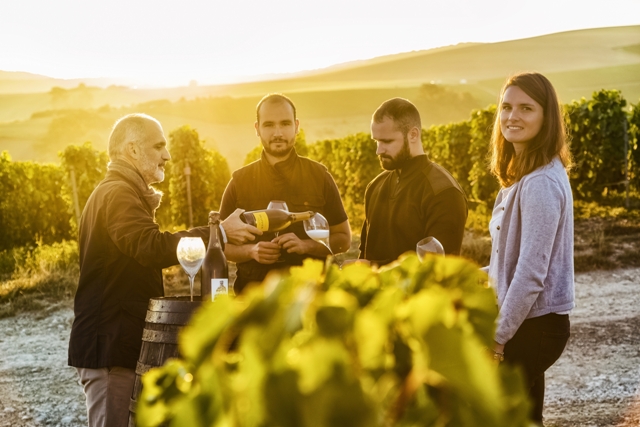
I would like to quote an incident that exemplifies the universal appeal of Champagne. In 2015 when Champagne was being considered as a UNESCO heritage site it received unanimous votes in its favour with three Muslim countries too voting for it. During the prendre la parole (taking the speech) in Bonn, Germany, a lady who represented Kuwait said: “ Though in our country we don’t drink alcohol we have voted for Champagne since we think that it is not only a drink but more a symbol of reconciliation, peace and culture. We certainly wouldn’t want to vote against it”.
The best thing I like about India is that we do not have to explain this cultural relevance of Champagne since the country itself has rich cultural traditions. The only problem that we face in India is the high taxation due to which Champagne becomes inaccessible to many Indians. But we are positive that things will change in the long run and India will become a promising market for Champagne. Much like our vineyard planning that is done 50 years ahead or our liqueur d’expedition 25 years in advance, I am preparing these markets for my children and grand children.
We are not a “Discotheque Champagne” or a pleasing product for the crowd. But when we find our customers , we have their loyalty for many-many years. Our idea is to build that kind of a clientele.
Our major focus in India is also to give the customer an alternative to some big Champagne names. I am happy that these big names are present in the Indian market but it is always better to have more options for the consumer. We want to be one of those options.





